__._,_.___
Posted by: Songadh Son <songadhson@gmail.com>
| Reply via web post | • | Reply to sender | • | Reply to group | • | Start a New Topic | • | Messages in this topic (1) |
World's Best forwarded emails...
Spread a word to join amdavadis4ever-subscribe@yahoogroups.com
To translate the posted material into your native/regional language,
please visit http://translate.google.com/
Like us on facebook: amdavadi amdavadi
Spread a word to join amdavadis4ever-subscribe@yahoogroups.com
To translate the posted material into your native/regional language,
please visit http://translate.google.com/
Like us on facebook: amdavadi amdavadi
.
__,_._,___
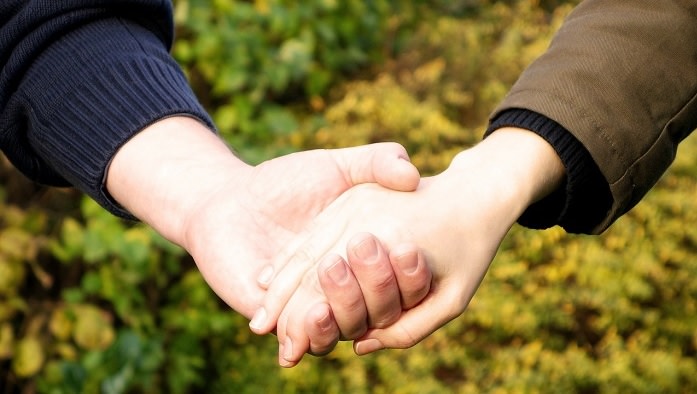



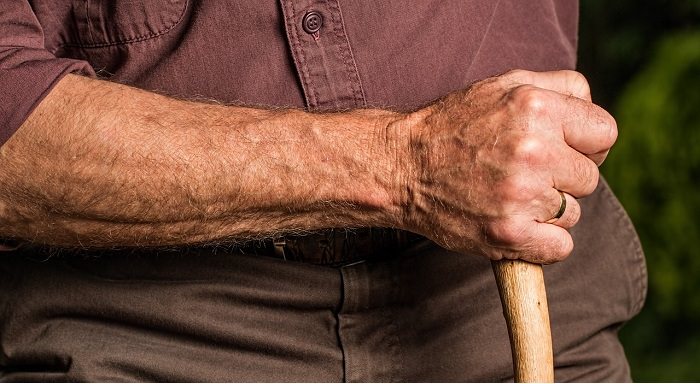
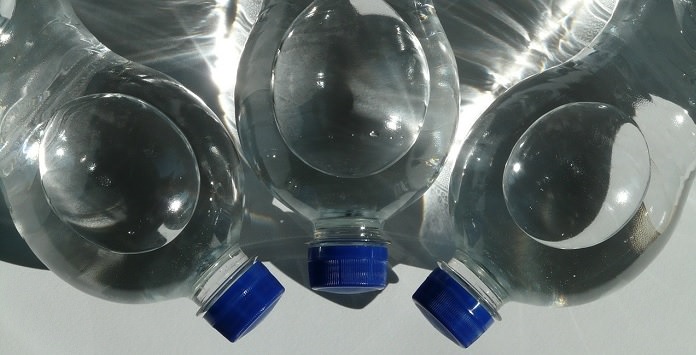

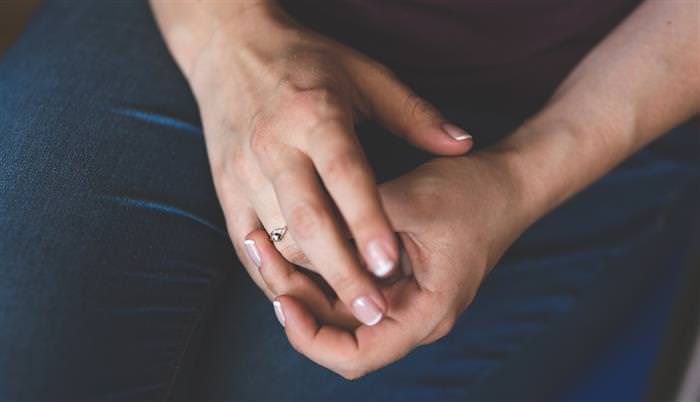
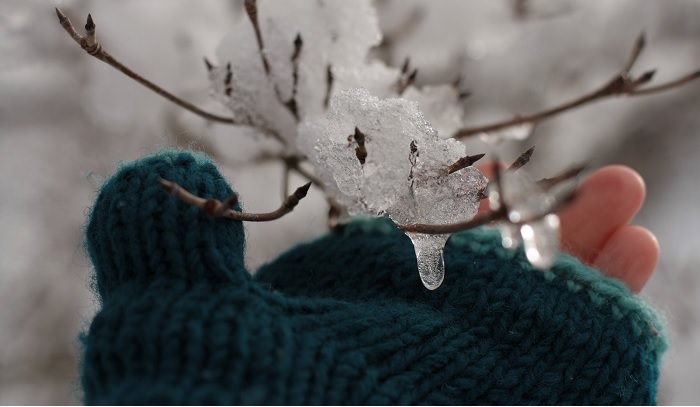
No comments:
Post a Comment